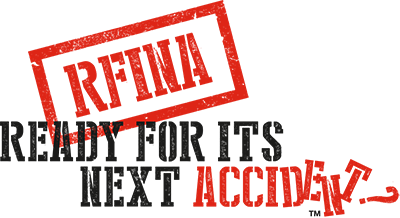Position Statements from Vehicle Manufacturers
‘Position Statements’ are the current hot topic in the collision repair world, particularly those that deal with electronic code scanning.
Position Statements are written by vehicle manufacturers to summarize and highlight certain aspects of their repair procedures. They are not being written and published to reveal new information; they are reiteration and reinforcement of information that is already in the company’s service and repair information manuals and bulletins. They serve a purpose by gathering information from not easily found locations, summarizing it and putting it forward in a clear format.
The main reason for position statements is not to educate the repair industry but to minimize arguments between progressive repairers and insurance adjusters. The insurance industry has taken a recent stance that if a manufacturer has not written a position statement on a particular procedure then that procedure does not really need to be done and therefore does not need to be paid for.
A very causal example of a position statement would be
‘that thing on line 12 on page 47; we really mean it and you do have to do it for a complete repair.’
A less flippant example would be one of further explanation or interpretation of a procedure
‘we do mean what we said on line 12 page 47 and it must be applied in all cases where x has occurred. It is also recommended in cases of y and z’
Progressive repairers will in most cases want to follow the recommendations. Most insurers working under their current models will want to interpret ‘recommended’ as ‘unnecessary’ or ‘sometimes’ and will pay for it only on a case by case basis.
The result is an unpredictable application of approvals and procedures, once again resulting in a very wide range of repair quality and integrity.
There are several sites where these position statements have been aggregated and if anyone is interested a search for ‘OEM Position Statements’ will bring up pages of links.
It will be quickly apparent that a level of industry knowledge is needed to navigate, understand and interpret this information.
Once again I can close with my oft repeated theme; ‘we will get there but we are not there yet.’
